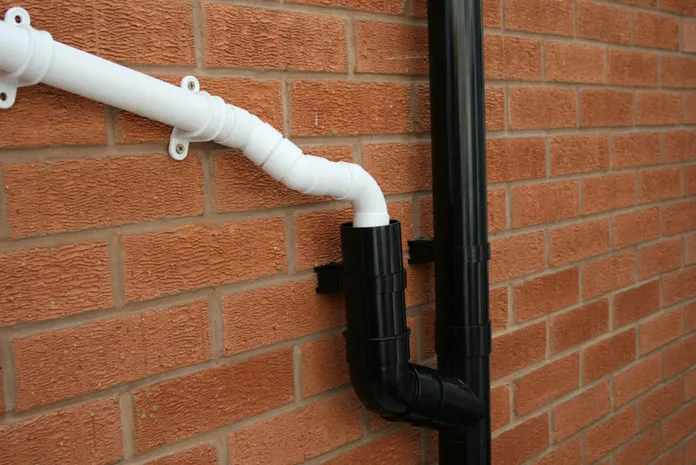
As the days become shorter and the weather becomes colder and wetter, it’s important that homeowners and installers protect heating and hot water systems from both extreme cold and rain.
Here are three tips to help keep heating systems in top condition, even in periods of heavy rain.
In extreme circumstances, heavy rainfall can essentially flood a boiler, with water eventually backfilling through the condensate discharge pipework into the internals of the house.
1. Be prepared for rain, not just the cold
Heavy rain places a great strain on domestic drainage systems and can actually prove costlier and more burdensome than the effects of extreme cold. After all, you can often thaw condensate pipes and reset a boiler in the cold, but a flooded boiler is quite often beyond repair. It’s important to protect a heating system from the rain just as much as you would do from the cold.
2. Keep gutters and downpipes clear
Gutters and downpipes are in place to protect houses from the invasion of rainwater but leaves and sediment can quickly collect and block a system, preventing water from flowing where it should and causing it to be diverted or even flow back into the internal pipework of a house. Although they won’t provide a complete solution, consider using meshes and traps to help filter out such deposits.
3. Fit an external air break into the pipework
In installations where the condensate pipe terminates into the rain water downpipe rather than the waste water system of a house, there is a high risk of the downpipe becoming blocked and water backfilling into the condensate pipe and, therefore, the boiler.
In this scenario, it could be worth fitting an external air break into the pipework before it enters the vertical rain water pipework which will separate the condensate outlet of the boiler from the drain pipe connection. Crucially, this means that water won’t be able to flow back into the condensate pipe, even if the downpipe becomes blocked.
